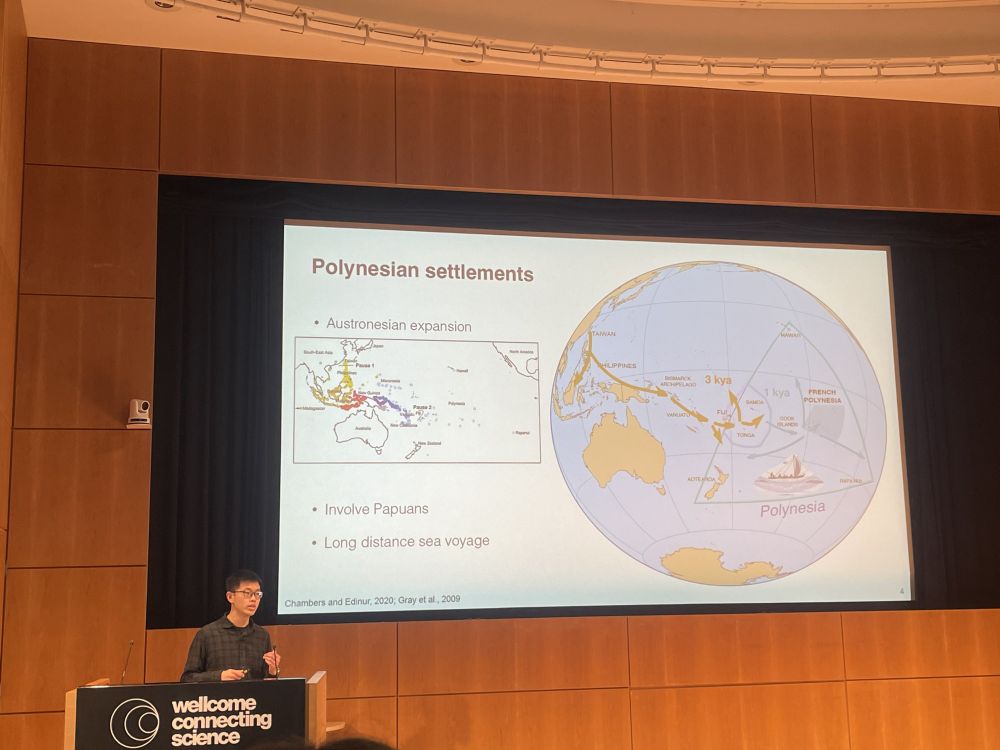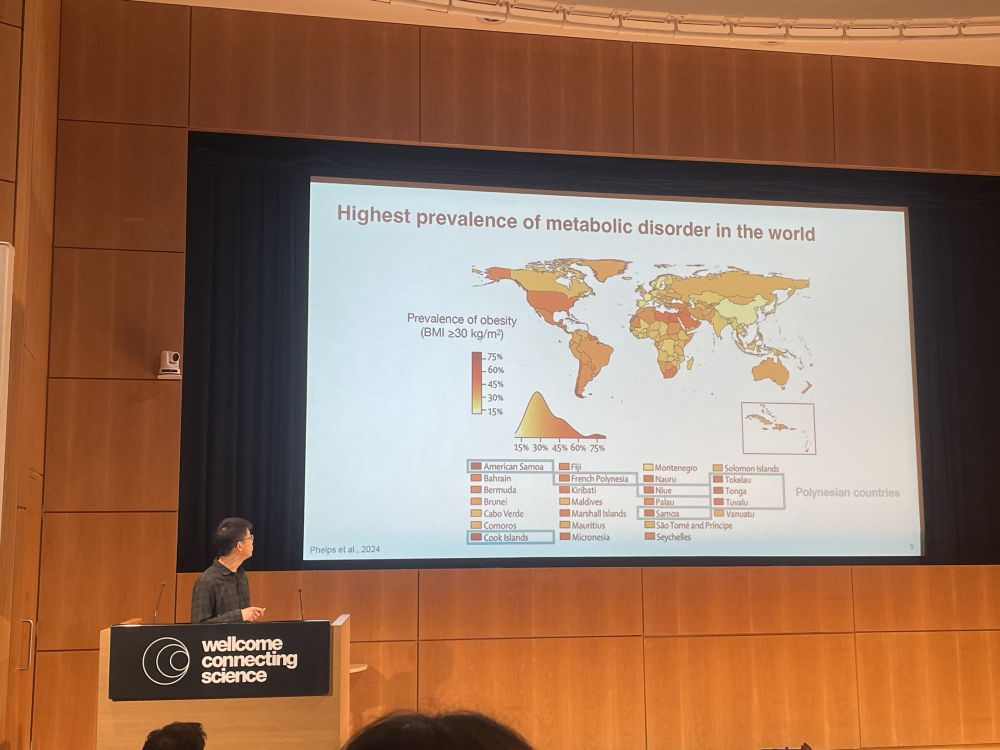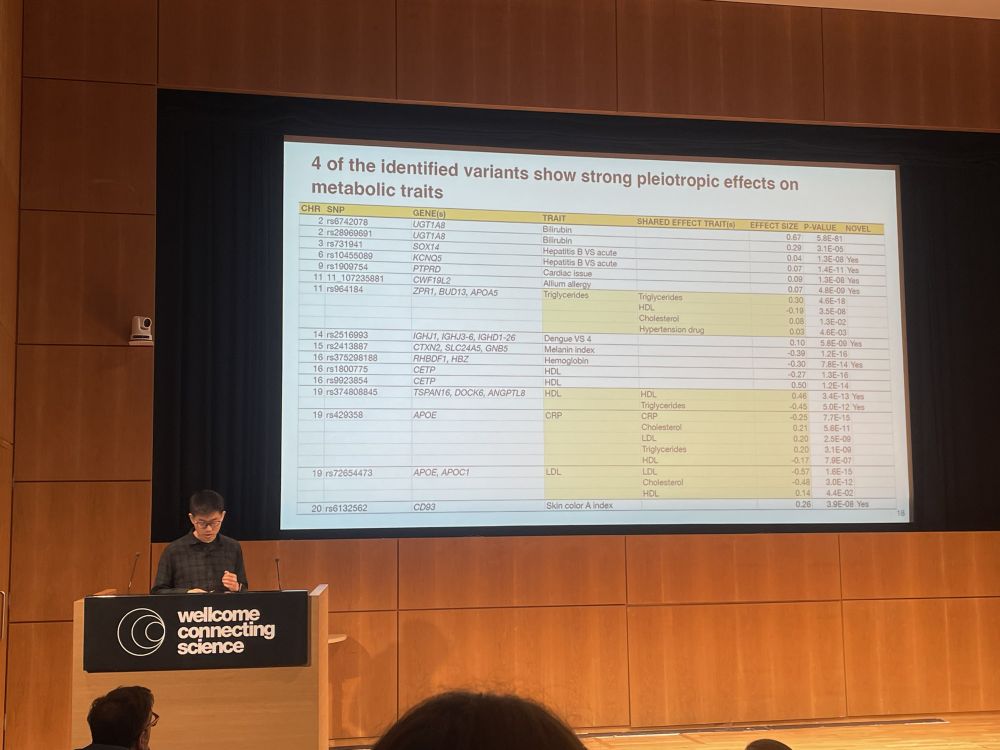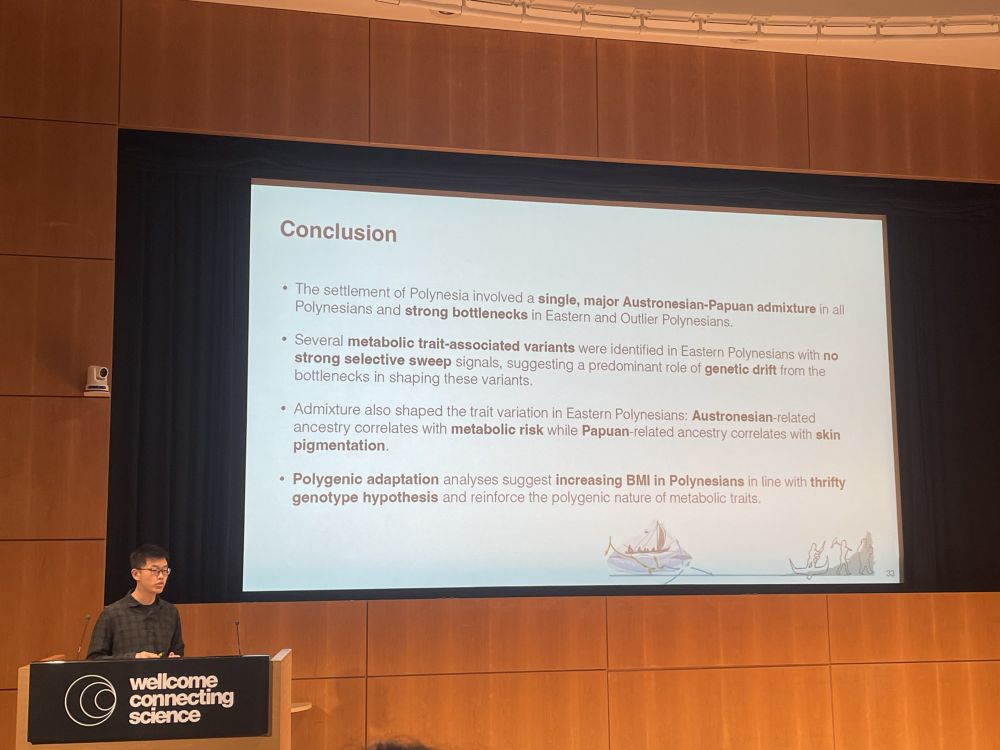SimHumanity: Using SLiM 5.0 to run whole-genome simulations of human evolution
SimHumanity: Using SLiM 5.0 to run whole-genome simulations of human evolution
🎉The 1st paper in our special issue "Population Genomics Methods and Software" is now published!!
“SimHumanity: Using SLiM 5.0 to run whole-genome simulations of human evolution”
www.pivotscipub.com/hpgg/5/4/000...
Many more exciting papers to come - stay tuned!
www.pivotscipub.com/hpgg/special...
16.10.2025 07:05 — 👍 3 🔁 4 💬 1 📌 0
FLARE2: local ancestry inference with poorly-matched reference panels https://www.biorxiv.org/content/10.1101/2025.10.13.681993v1
14.10.2025 17:34 — 👍 0 🔁 3 💬 0 📌 0
Selection scans and downstream analysis with selscan https://www.biorxiv.org/content/10.1101/2025.10.10.681670v1
13.10.2025 05:32 — 👍 3 🔁 1 💬 0 📌 0
Inference of complex demographic history using composite likelihood based on whole-genome genealogies https://www.biorxiv.org/content/10.1101/2025.10.07.680347v1
08.10.2025 01:33 — 👍 0 🔁 1 💬 0 📌 0
Programming for Evolutionary Biology School (EVOP) | February 18th – March 5th 2026
We have a few remaining seats left in the “Programming for Evolutionary Biologists” course - 10th edition, Berlin, Feb 17 to Mar 6
evop.bioinf.uni-leipzig.de
A highly motivated and experienced team is waiting for you with an updated curriculum!
07.10.2025 09:55 — 👍 4 🔁 5 💬 0 📌 0
Parental haplotypes reconstruction in up to 440,209 individuals reveals recent assortative mating dynamics https://www.biorxiv.org/content/10.1101/2025.09.24.678243v1
26.09.2025 16:32 — 👍 1 🔁 1 💬 0 📌 0

Alba Bossoms Mesa: ‘From rock art to cave walls: exploring new sources of ancient human DNA’
Can we get aDNA from cave art 😍??
Test: 11 sites from Iberia (300 libraries!)
5 cases w HUMAN mtDNA !!!
Nuclear DNA ongoing: but suggestion of male/female diffs on use of pigments; + pop ID (WHG)
25.09.2025 07:56 — 👍 32 🔁 4 💬 1 📌 3

The Last Glacial Maximum in the Tropics: Human Responses to Global Change, 30–10 ka - Journal of World Prehistory
The world at 18,000 BP, published by Gamble and Soffer (The world at 18,000 BP. Vol. 2: low latitude, Unwin Hyman, 1990), represents the first, and so far the only, attempt at characterising and discussing the impact of the Last Glacial Maximum (LGM) on human societies on a global scale. At the time, they highlighted that research and data on the LGM in southern latitudes and the tropics in particular were scant. Since 1990, however, many sites dated to the LGM and located in tropical latitudes have been published. Many paradigms have changed regarding the peopling of the Americas, which allows the archaeology of this continent to be integrated into global scale studies of the LGM. The development of Pleistocene archaeology in tropical contexts, in parallel with methodological advances in cultural, geosciences and palaeoenvironmental studies have strongly reshaped what we know of the antiquity of human occupation in tropical regions and specific human–environment interactions. This article provides for the first time a pan-tropical perspective on the impact of the LGM on human groups living within the tropical latitudes, drawing from case studies in Southeast Asia, Africa and South America, specifically regions which have up until now never been discussed together. To this end, we focus on six different tropical regions between 30 and 10 ka. We present the archaeological and paleoenvironmental data available in these areas, along with proposed relationships for variations in these two records. Finally, we discuss at the regional scale the presence or absence of human changes (site density and techno-cultural change or continuity) before, during and immediately after the LGM.
📣New paper alert
doi.org/10.1007/s109...
How did populations in tropical regions cope with the global climatic change around the LGM?
While the tropics are often perceived as having been less impacted by the LGM, we show that -as is often the case - it is more complex than it seems!
24.09.2025 08:53 — 👍 19 🔁 8 💬 1 📌 2

We are excited to share GPN-Star, a cost-effective, biologically grounded genomic language modeling framework that achieves state-of-the-art performance across a wide range of variant effect prediction tasks relevant to human genetics.
www.biorxiv.org/content/10.1...
(1/n)
22.09.2025 05:29 — 👍 170 🔁 89 💬 4 📌 5

Phantom epistasis through the lens of genealogies
Abstract. Phantom epistasis arises when, in the course of testing for gene-by-gene interactions, the omission of a causal variant with a purely additive ef
Delighted to see this paper with @anaignatieva.bsky.social now published in Genetics!
academic.oup.com/genetics/adv...
We tackle a thorny issue arising in statistical tests for genetic interactions (epistasis) using ancestral recombination graphs (ARGs)... 🧵
10.09.2025 16:31 — 👍 21 🔁 13 💬 2 📌 1

Human Population and Evolutionary Genetics
This Mooc aims to provide basic knowledge on population genetics and the help of genetics in the study of human migrations and human adaptation to extreme conditions.
🧬 The MOOC “Human Population and Evolutionary Genetics” is open for registration!!
👉 bit.ly/4fw3Zje
💀🌍 Where do we come from? What was the migration history of our species? What role does the Neanderthal genome play in our genetic heritage? How has our species adapted to different environments?
25.08.2025 11:14 — 👍 23 🔁 8 💬 0 📌 1

I'm pleased to share this new article by @svenkasser.bsky.social, Laura Fortunato @anthrolog.bsky.social, Marc Feldman and myself.
The article extends gene-culture coevolution to recognize evolutionary effects of culture arising through drift and migration.
onlinelibrary.wiley.com/doi/10.1002/...
13.08.2025 13:54 — 👍 55 🔁 18 💬 2 📌 1
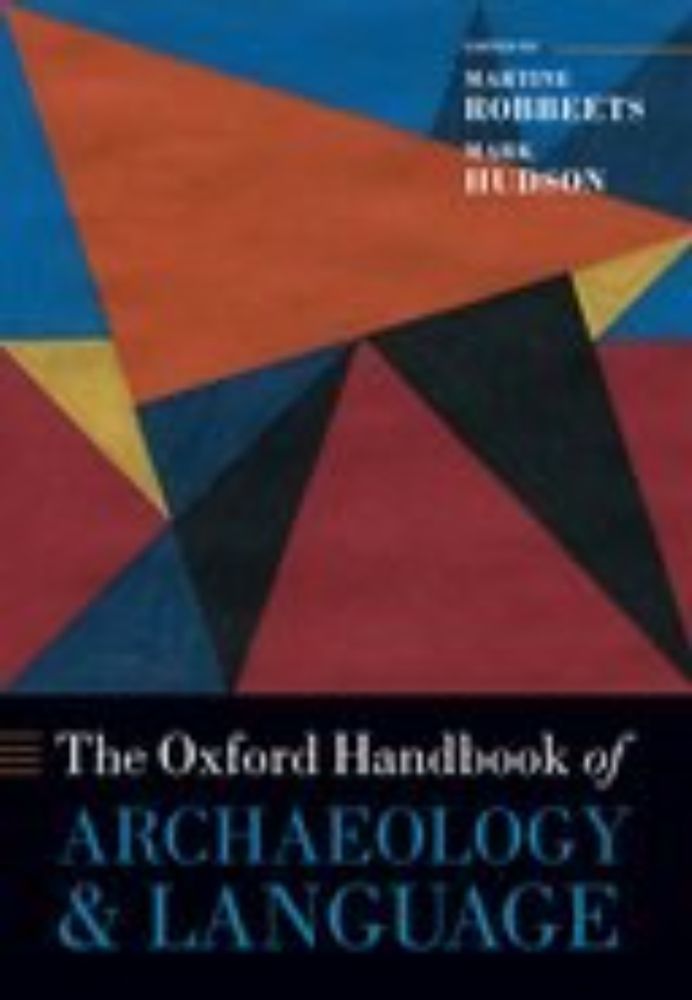
The Oxford Handbook of Archaeology and Language
Abstract. Linguists have long described their findings in an archaeological context, while archaeologists have been interested in what language can tell th
New volume on the interface between languages, human history, anthropology, archaeology and (a bit of) genetics, curated by M. Robbeets and M. Hudson. A very rich table of content for everyone interested in these multidisciplinary studies of the human past. I contributed two chapters:
23.07.2025 16:45 — 👍 16 🔁 8 💬 1 📌 0
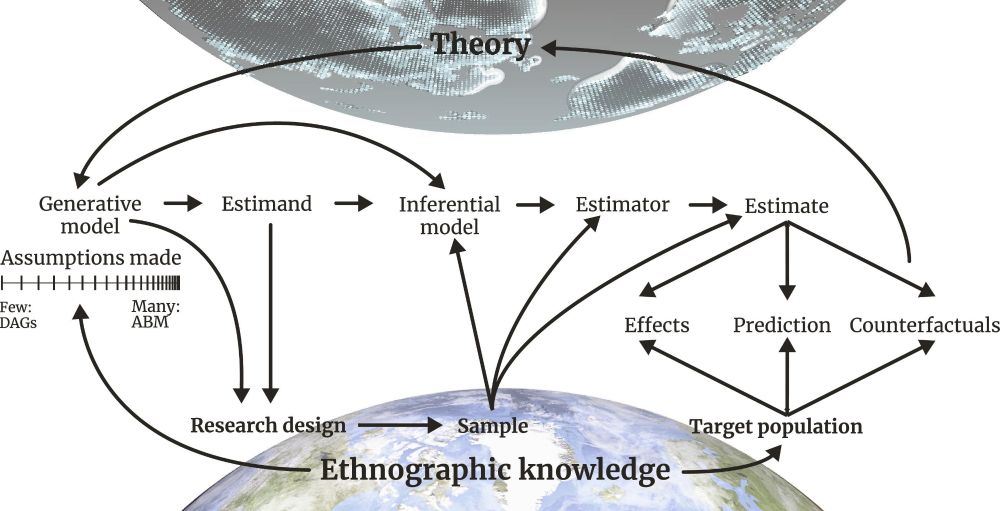
Bridging theory and data: A computational workflow for cultural evolution | PNAS
Cultural evolution applies evolutionary concepts and tools to explain the change of
culture over time. Despite advances in both theoretical and emp...
Here's a paper with a skeleton of the idea, but there is really lots of research to do on the structure of workflow networks, now to make them robust, how to development diagnostics and calculi for steps within them. doi.org/10.1073/pnas...
03.07.2025 06:56 — 👍 65 🔁 15 💬 1 📌 3

Check out our dive into 50,000 years of Indian genetic history!🇮🇳
🧬~2,700 genomes
🦴Neanderthal/Denisovan DNA
🌾Hunter-gatherer, Iranian farmer & Steppe ancestry
🩺Health-linked, population-specific variants
@lauritsskov.bsky.social & Priya Moorjani
#Genomics #India #HumanEvolution #PopulationGenetics
26.06.2025 15:27 — 👍 19 🔁 5 💬 3 📌 1
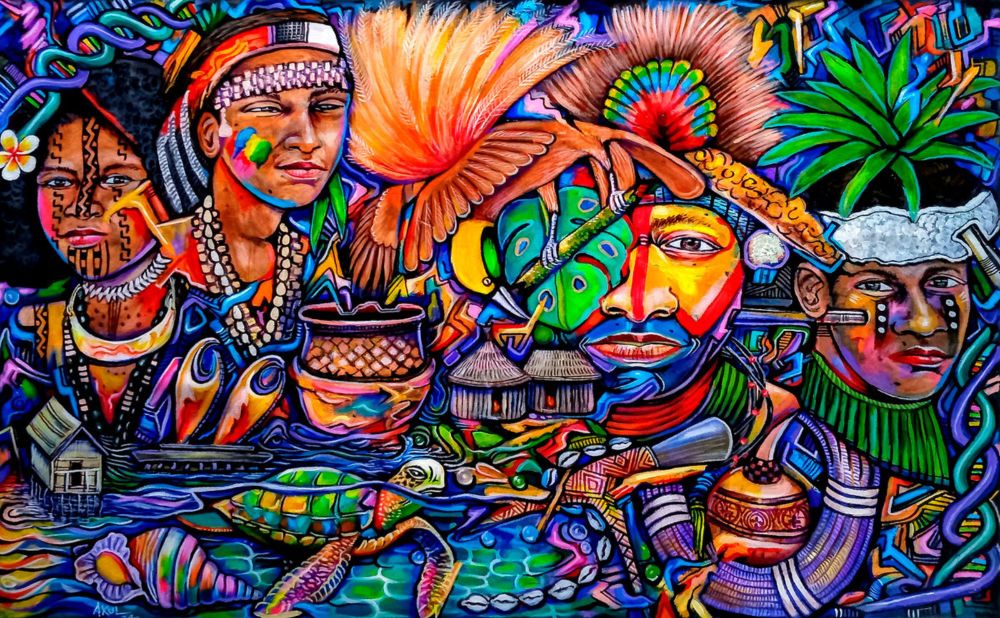
Papua New Guinea's Genetic Past Through Ancient DNA Analysis
A new study reveals the significance of regional dispersals and local interactions in coastal Papua New Guinea
Ancient #DNA reveals #Papua New Guinea's genetic past. Study @natecoevo.nature.com by an intl. team led by Kathrin Nägele @mpi-eva-leipzig.bsky.social shows the significance of regional dispersals & local interactions in coastal Papua New Guinea. tinyurl.com/2s3sc6ad & www.nature.com/articles/s41...
04.06.2025 09:13 — 👍 13 🔁 7 💬 1 📌 2
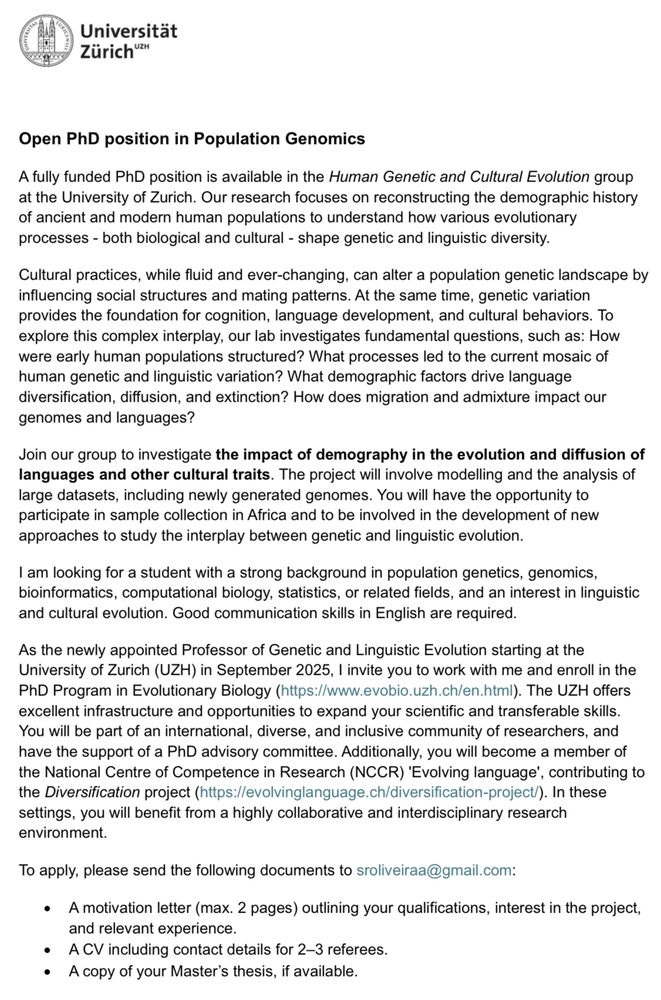
Happy to share a PhD opportunity in my new lab at the University of Zurich! Application deadline: June 30. Do not hesitate to contact me for any questions!
20.05.2025 12:19 — 👍 19 🔁 25 💬 1 📌 0
Elegant new theory on polygenic adaptation by Will Milligan, Laura Heyward, and Guy Sella.
17.05.2025 23:55 — 👍 54 🔁 26 💬 0 📌 0
Activate my 🦋 by thanking everyone, especially the organizers, at the #HumanEvo25 for a great conference, and by reposting the nice summaries of my talk by @martamlahr.bsky.social and @palaeotrails.bsky.social 😊
01.05.2025 21:57 — 👍 3 🔁 0 💬 0 📌 0

Why do Polynesians gave high risk of metabolic disease? Dang Liu tests the thrifty genotype vs population adaprive patterns (considering % Austronesian & Papuan ancestries), demographics (strong bottleneck in Eastern Polynesians!). Results: both!! BMI thrifty, HDL & others under drift & more!! 🤩
30.04.2025 10:05 — 👍 16 🔁 5 💬 0 📌 0
Product lead Genomics Google Research
Population geneticist, CompBio, Cornell
Philosophy of Biology
University of Bordeaux | Milan
Statistical genetics
PhD from Oxford
lfe.pt
Professor of EECS and Statistics at UC Berkeley. Mathematical and computational biologist.
🇲🇽
Entusiasta del pan dulce.
PhD student at the Microbial Paleogenomics Unit of the Pasteur Institute 🇫🇷.
Interested in human population genetics and pathogen evolution.
Posts about jobs, conferences, etc. from the Evolution Directory (EvolDir) mailing list https://evol.mcmaster.ca/evoldir.html, run by Brian Golding. This bot is run by @rdmpage.bsky.social. Problems: https://github.com/rdmpage/evoldir-bluesky/issues
Exploring the past, present, and future of language
💬|🐵|🧠|📱 Based at the University of Geneva, the University of Zurich and the University of Neuchatel.
Funded by the Swiss National Science Foundation (SNSF).
sie/ihr | she/her
Postdoc @isle-uzh.bsky.social
Gemeinderätin der Stadt Zürich @spzuerich.ch
Postdoc in the Human Evolutionary Genetics Unit at @pasteur.fr
Serra Hunter Lecturer Professor at Universitat de Barcelona. Interested in human population diversity.
Instructor at Johns Hopkins University (USA), Associate Researcher at Uppsala University (Sweden), and Editorial Board Member at Communications Biology (UK).
Postdoctoral Scientist interested in genetics and immunology. Saoirse don Phalaistín.
News from the Evolutionary Biology Department at LMU Munich. https://www.evol.bio.lmu.de
All becomes clearer with a historical and evolutionary perspective. Genomics, Metagenomics, Ancient DNA, Bioinformatics: my tools to interrogate life on Earth.
Ballerina 💃 postdoctoral researcher in Paleo(meta)genomics and Evolutionary Dynamics of Infectious Diseases at Institut Pasteur, Paris- ancient bugs | infectious diseases and microbiome☠️🔍
🏠🇮🇹-->🇩🇰 🇬🇧🇨🇵
🦠👩🏻💻Computational Virologists at the @simonlorierelab.bsky.social, the Institut Pasteur @pasteur.fr 🇫🇷, Virus Discovery & Evolution, Metagenomics 🖥️🔬🧬🦠
Website: https://xin-hou.academicwebsite.com/
Mexican Historian & Philosopher of Biology • Postdoctoral Fellow at @theramseylab.bsky.social (@clpskuleuven.bsky.social) • Book Reviews Editor for @jgps.bsky.social • #PhilSci #HistSci #philsky • Escribo y edito • https://www.alejandrofabregastejeda.com
My lab at Stanford studies human population genetics and complex traits.





















